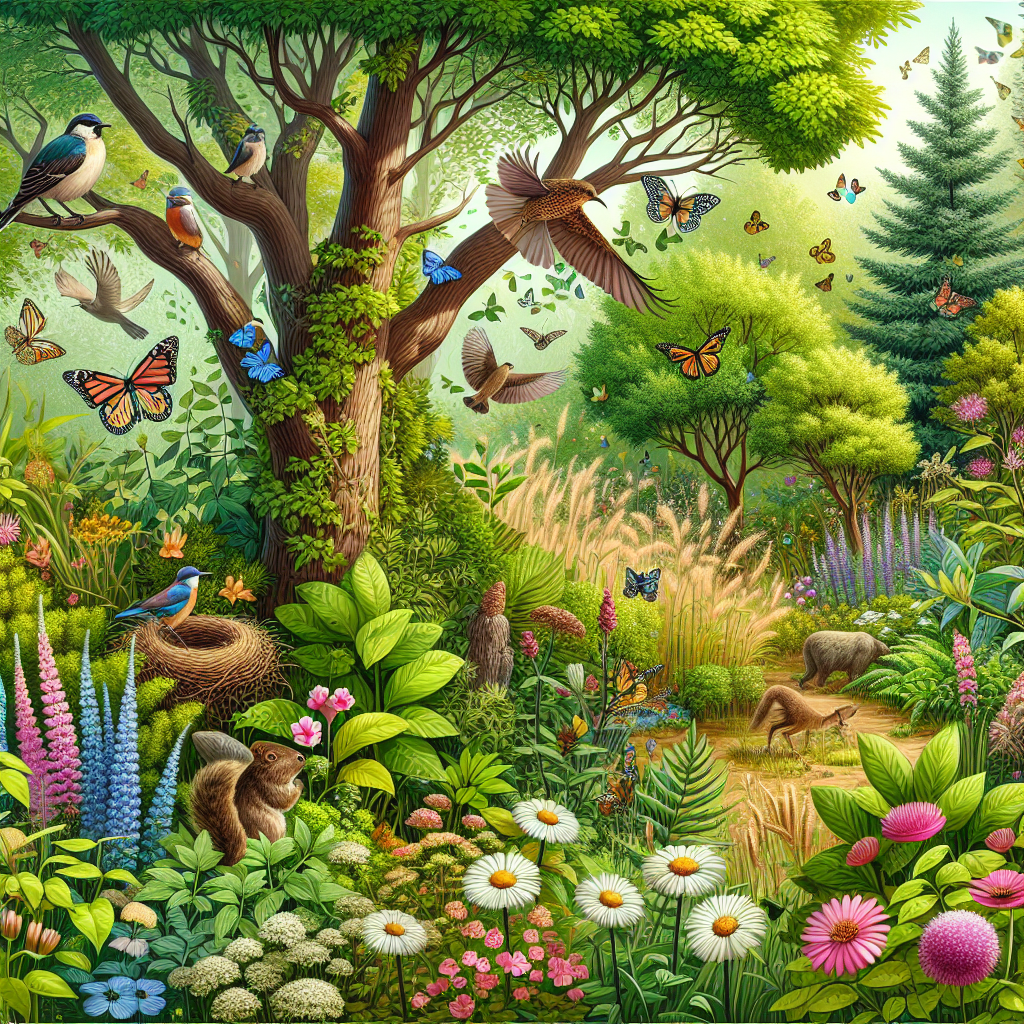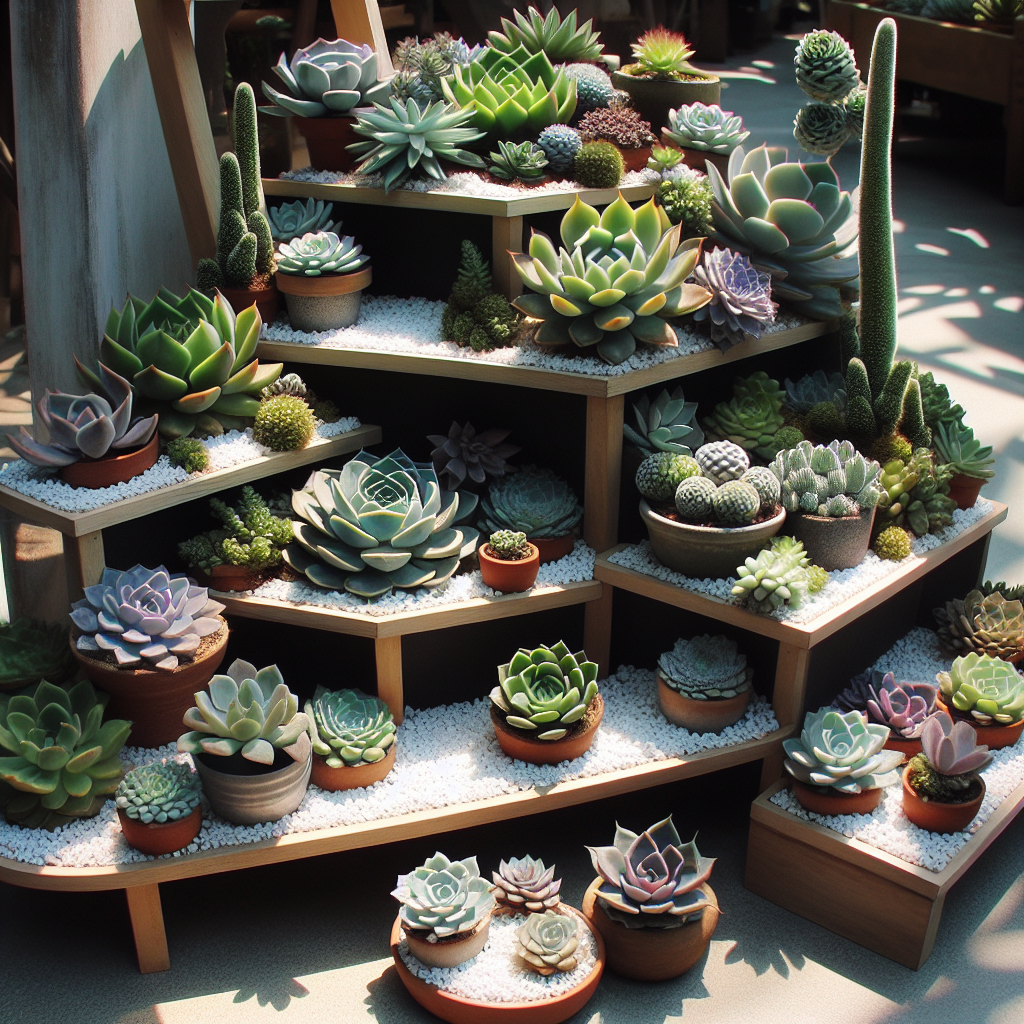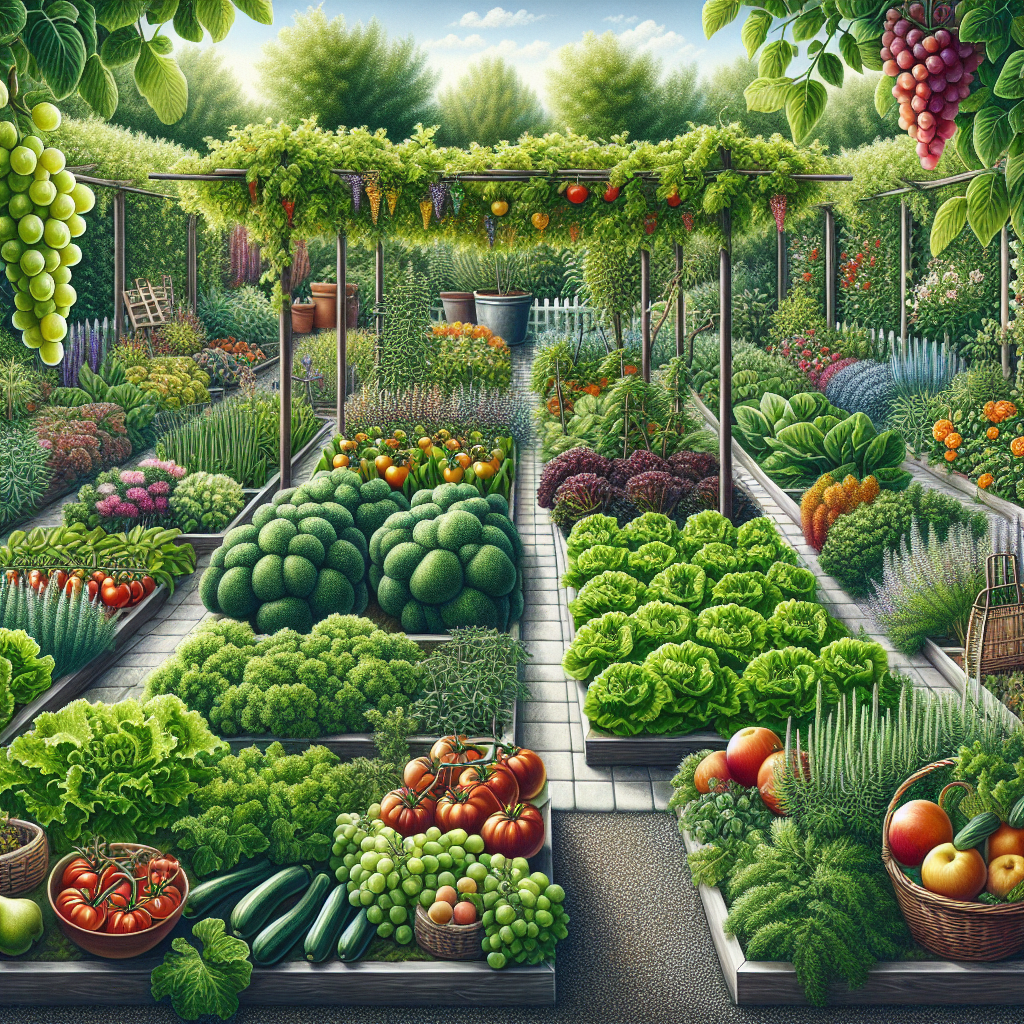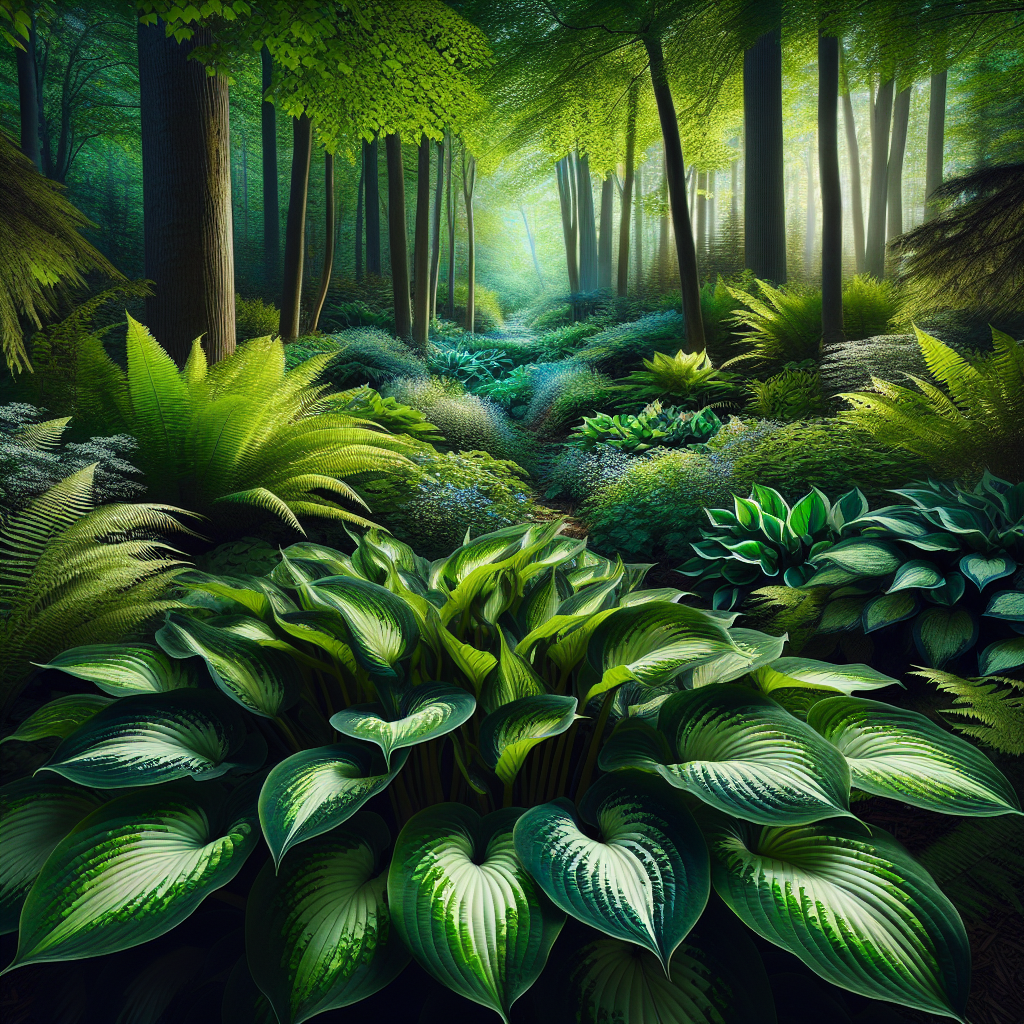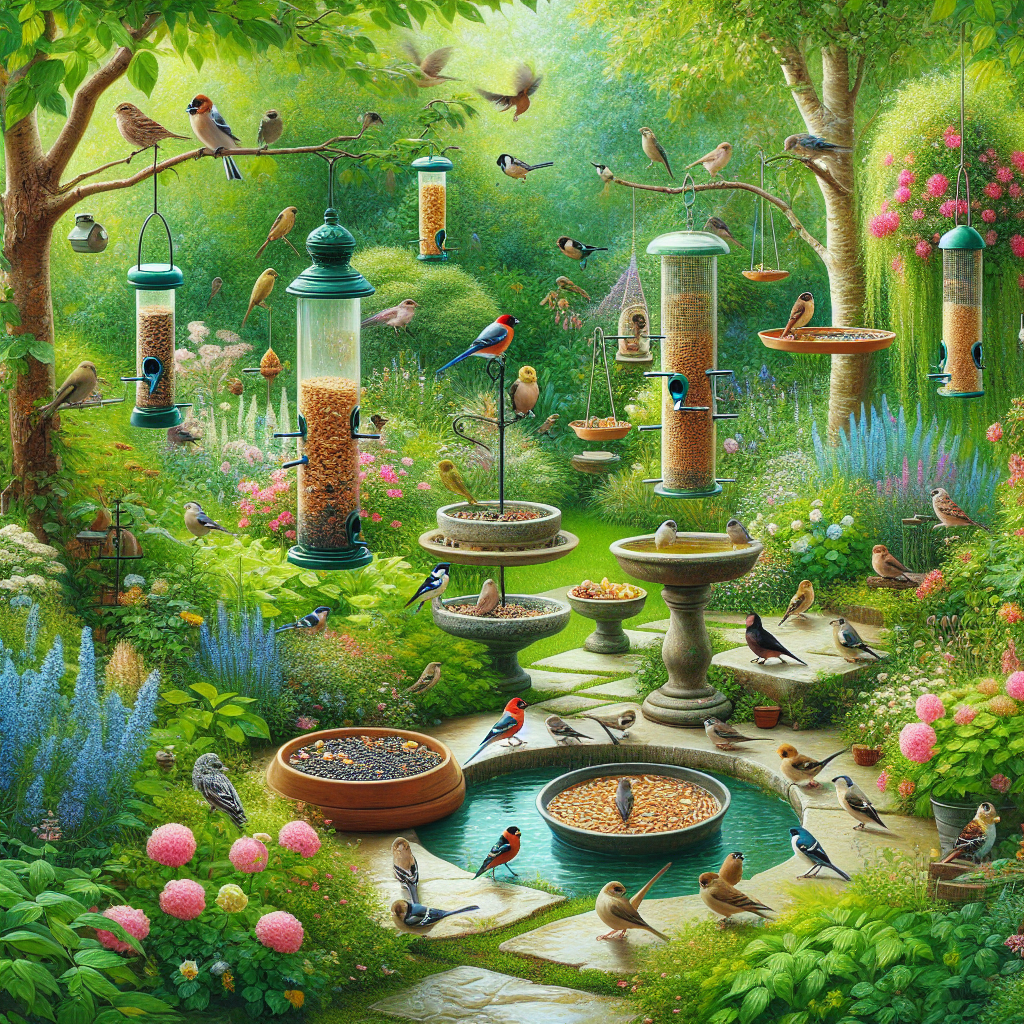Native Plant Garden to Support Local Ecosystems
Creating a native plant garden is not only a beautiful addition to your outdoor space, but it also plays a crucial role in supporting local ecosystems. By using plants that are indigenous to your area, you can provide habitat for native wildlife, conserve water, and promote biodiversity. In this comprehensive guide, we will walk you through the step-by-step process of creating your own native plant garden. Get ready to transform your yard into a thriving ecosystem!
Step 1: Research and Planning
Before diving into the project, it’s essential to conduct thorough research and plan accordingly. Here are the key steps to get started:
1.1 Identify Your Local Native Plants
Begin by identifying the native plants that thrive in your specific region. Consider factors such as climate, soil type, and sunlight availability. You can consult local gardening resources, visit native plant nurseries, or seek advice from local experts to determine the best plants for your garden.
1.2 Assess Your Garden Space
Take a close look at your garden space and assess its characteristics. Consider the size, shape, and existing features such as trees, shrubs, or structures. This assessment will help you determine the layout and design of your native plant garden.
1.3 Set Your Goals
Define your goals for the native plant garden. Are you aiming to attract specific wildlife, conserve water, or simply create a visually appealing space? Understanding your objectives will guide your plant selection and garden design.
Step 2: Design and Layout
Now that you have completed the research and planning phase, it’s time to design your native plant garden. Follow these steps to create an aesthetically pleasing and functional layout:
2.1 Create a Garden Blueprint
Start by sketching a blueprint of your garden space. Consider the placement of pathways, seating areas, and focal points. This blueprint will serve as a guide during the implementation phase.
2.2 Choose Native Plants
Referencing your research from Step 1, select a variety of native plants that align with your goals. Consider their height, color, blooming season, and maintenance requirements. Aim for a diverse mix of flowers, grasses, shrubs, and trees to create a balanced ecosystem.
2.3 Arrange Plants Strategically
Based on the blueprint, strategically arrange the selected plants in your garden. Consider their growth habits, spacing requirements, and compatibility with neighboring plants. Group plants with similar water and sunlight needs together for efficient maintenance.
2.4 Incorporate Hardscape Elements
Enhance the functionality and aesthetics of your native plant garden by incorporating hardscape elements. This may include pathways, seating areas, bird baths, or decorative rocks. Ensure these elements complement the overall design and do not overshadow the natural beauty of the plants.
Step 3: Soil Preparation
Preparing the soil is a crucial step in ensuring the success of your native plant garden. Follow these steps to create an optimal growing environment:
3.1 Test Your Soil
Before making any amendments, test your soil to determine its pH level and nutrient content. This information will guide you in selecting the appropriate amendments.
3.2 Amend the Soil
Based on the soil test results, amend the soil to improve its quality. This may involve adding organic matter, such as compost or well-rotted manure, to enhance drainage and nutrient availability.
3.3 Remove Weeds and Debris
Prior to planting, remove any existing weeds, grass, or debris from the garden area. This will prevent competition for resources and ensure a clean start for your native plants.
Step 4: Planting
Now that your garden is designed and the soil is prepared, it’s time to bring your native plant garden to life. Follow these steps for successful planting:
4.1 Dig Planting Holes
Using a shovel or garden trowel, dig planting holes that are slightly wider and deeper than the root ball of each plant. This will provide enough space for the roots to establish and grow.
4.2 Place and Plant
Carefully remove each plant from its container and gently loosen the roots. Place the plant in the prepared hole, ensuring it is at the same depth as it was in the container. Backfill the hole with soil, firming it gently around the plant.
4.3 Water Thoroughly
After planting, water each plant thoroughly to settle the soil and eliminate air pockets around the roots. Provide enough water to moisten the entire root zone.
Step 5: Maintenance
Maintaining your native plant garden is essential for its long-term success. Follow these steps to ensure your garden thrives:
5.1 Watering
Water your native plants regularly, especially during the establishment phase. However, be mindful not to overwater, as native plants are adapted to local conditions and may not require excessive irrigation once established.
5.2 Mulching
Apply a layer of organic mulch around your plants to conserve moisture, suppress weeds, and regulate soil temperature. Use materials such as wood chips, straw, or shredded leaves, and ensure the mulch is not in direct contact with the plant stems.
5.3 Pruning and Maintenance
Regularly inspect your native plants for any signs of disease, pests, or dead/damaged foliage. Prune as necessary to maintain the health and shape of the plants. Remove weeds promptly to prevent them from competing with your native plants.
Step 6: Enjoying Your Native Plant Garden
Congratulations! You have successfully created a native plant garden that supports local ecosystems. Sit back, relax, and enjoy the beauty and benefits of your garden:
6.1 Wildlife Habitat
Observe the diverse array of wildlife that your native plant garden attracts. From butterflies and bees to birds and small mammals, your garden will become a haven for local wildlife.
6.2 Water Conservation
By using native plants adapted to your region’s climate, you will reduce the need for excessive watering. This not only conserves water but also saves you time and money on irrigation.
6.3 Biodiversity
Your native plant garden contributes to the overall biodiversity of your area. By providing habitat and food sources for native species, you are helping to

